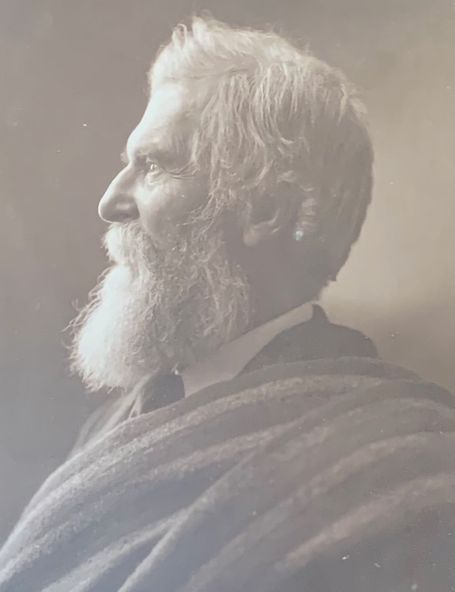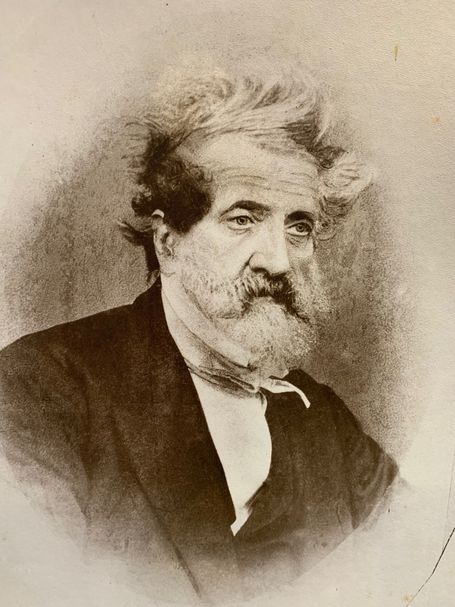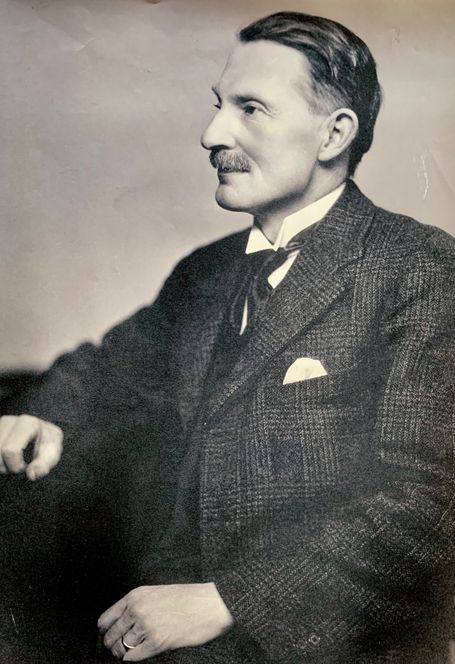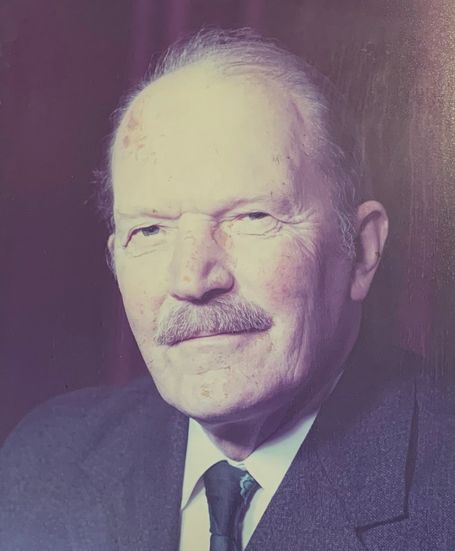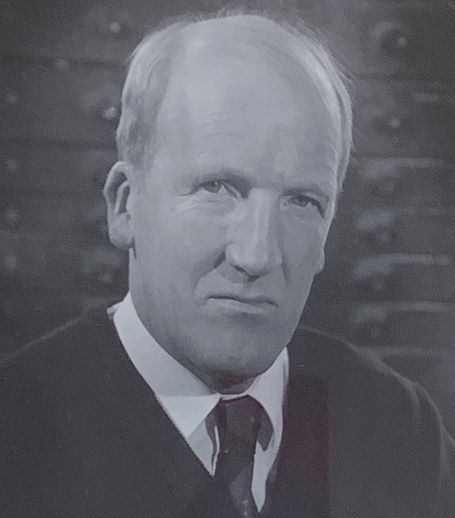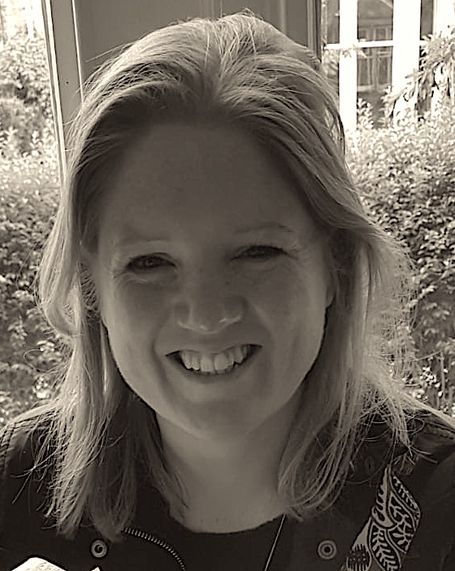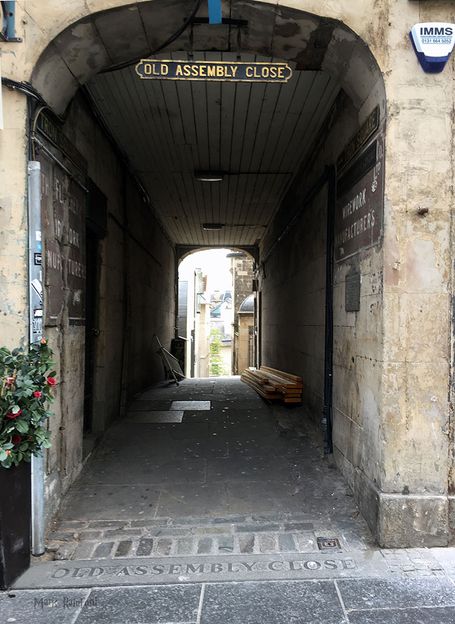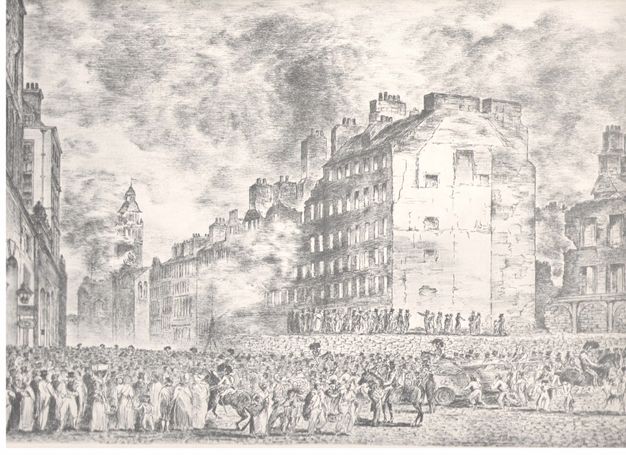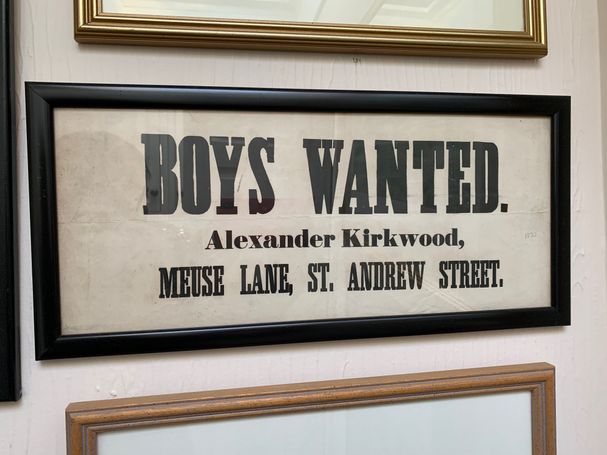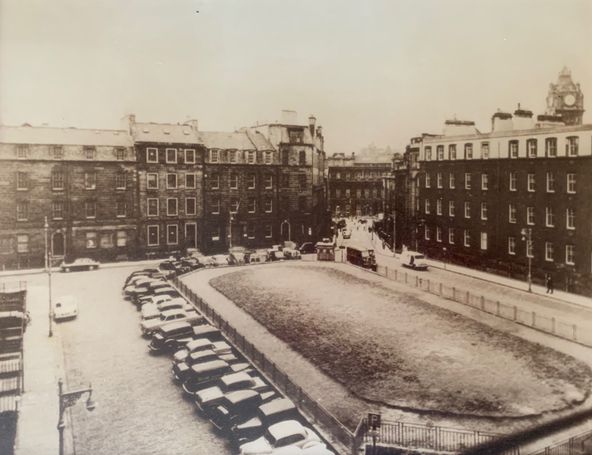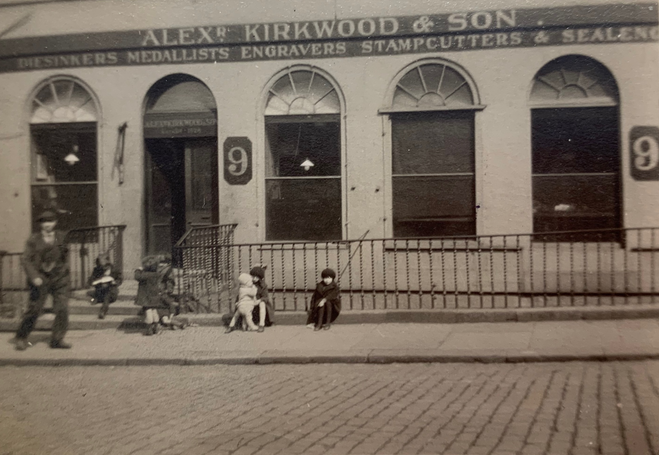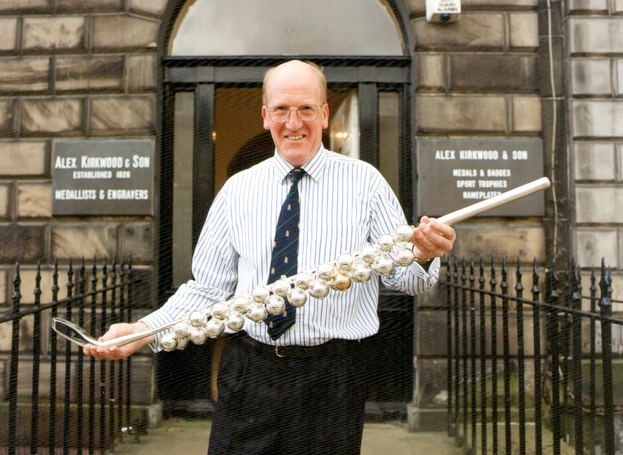The Early Years
Established in 1826, the history of the firm goes back even further to 1774, when the craftsmanship and skill of James Kirkwood's hand engravings were noticed by Sir William Forbes, head of an Edinburgh bank. Sir William subsequently commissioned Kirkwood to produce the metal plates required for the manufacture of banknotes. The Forbes Bank later merged to found the Union Bank of Scotland in 1830. Craftsmanship was passed down to James from his father, John Kirkwood, a renowned clockmaker from Redpath in the Scottish Borders. James Kirkwood’s son Robert went on to become a specialist engraver of the plates required for banknotes, pictures, maps and geographical globes. The skills required to engrave the designs on flat copper and steel plates were passed from generation to generation and were similar to those of a medal die-cutter. It was in this way that Robert's son Alexander eventually founded the company as it is today, becoming one of the finest medallists in Scotland.
Right: Alexander (Alastair) Kirkwood (standing) in workshop. c 1960s
Below (left to right):
- One Guinea Banknote from 1782, engraved by Robert Kirkwood
- Alexander Kirkwood, founder, b. 1804 - d. 1879
- Map of the City of Edinburgh, engraved by Robert Kirkwood in 1819
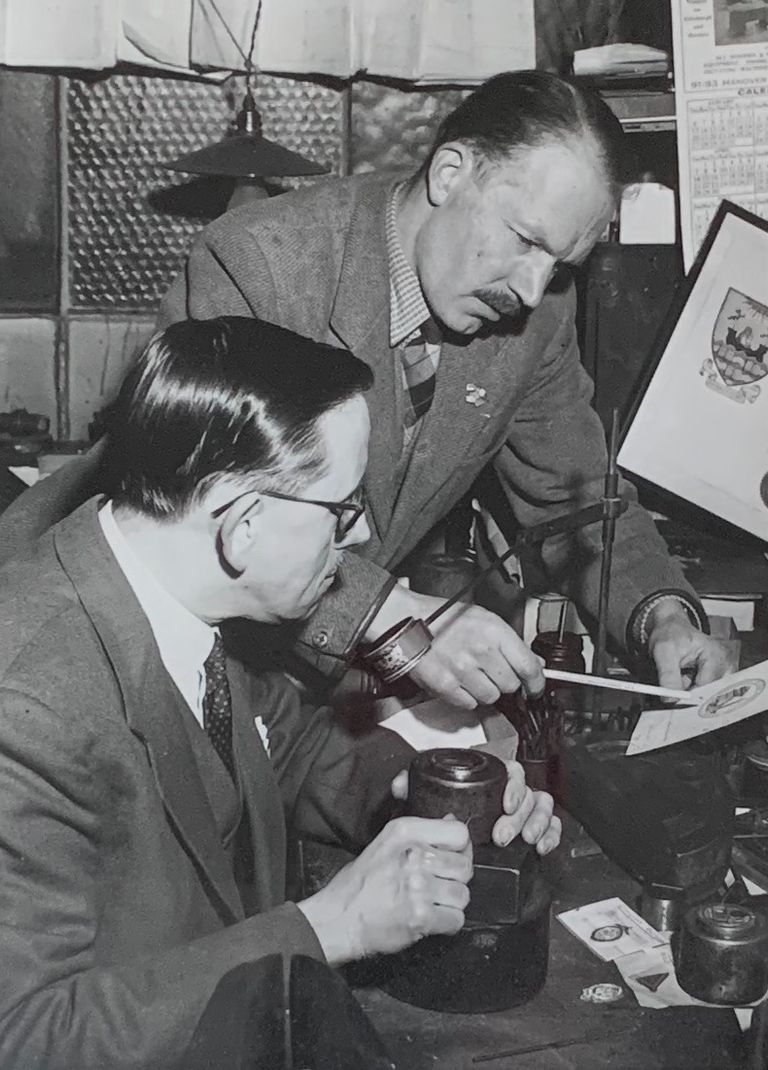
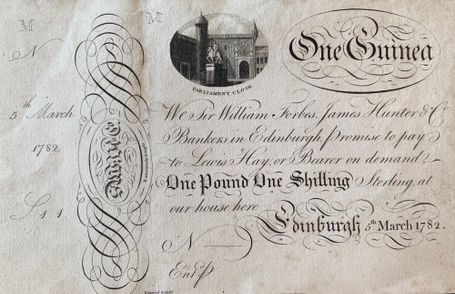
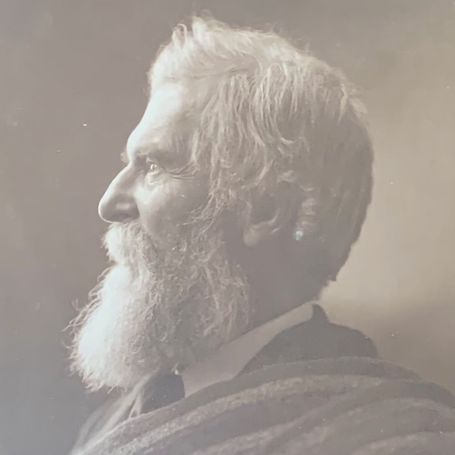
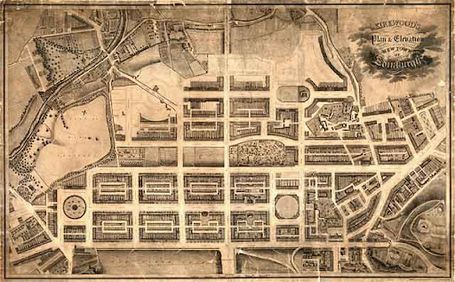
Renowned Work
Two of the most famous dies are the solid silver dies created for the seal for stamping the Great Seal of Scotland. The Seal, cast in wax, is attached to official documents to confer royal assent by the reigning Monarch and is believed to date back to 1094. The design of the Great Seal of Scotland is the responsibility of the Lord Lyon King of Arms. Alexander Kirkwood & Son made the Great Seal of King George VI (1956-1952), pictured.
Alexander Kirkwood & Son also created the prestigious ‘Livingstone Medal’, awarded by the Royal Scottish Geographical Society in recognition of ‘outstanding public service in which geography has played an important part, either by exploration, by administration, or in other directions where its principles have been applied to the benefit of the human race.’ Over the years, recipients have included Sir Edmund Hillary, Sir Ranulph Fiennes, HRH The Duke of Edinburgh, Michael Palin and Sir David Attenborough.
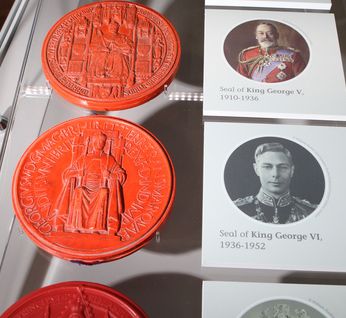
Image: Beeswax is poured into a pair of silver dies to create the Great Seal of Scotland, which is then attached to official documents.
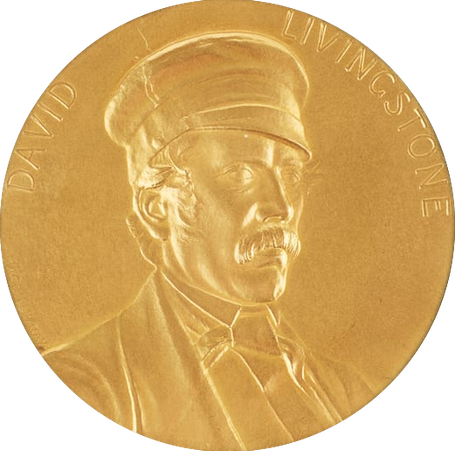
Livingstone Medal, first awarded in 1901, by the Royal Scottish Geographical Society
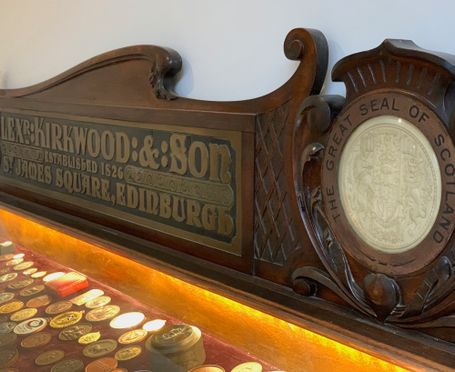
The Great Seal of Scotland embedded in a hand carved display cabinet which was made for the 'International Exhibition of Industry, Science & Art' held in Edinburgh in 1886.
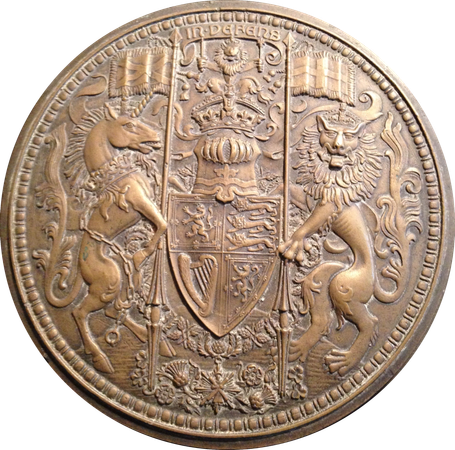
Medal cast from the dies for The Great Seal of Scotland, George VI, c. 1937
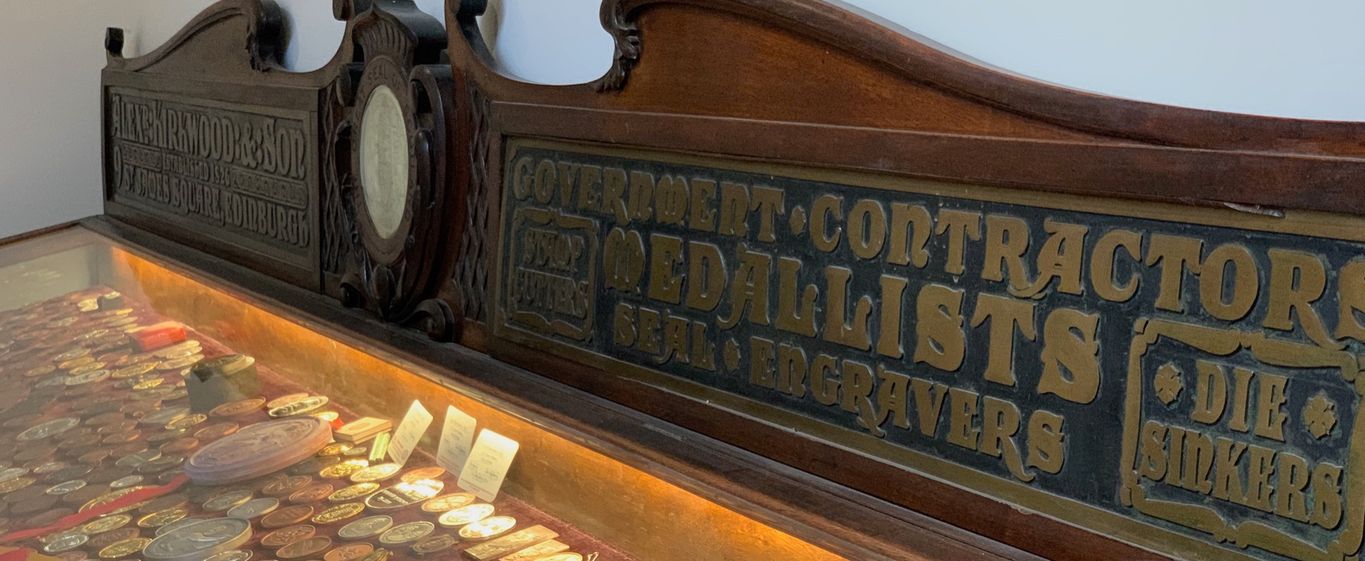
Looking ahead
Alexander Kirkwood & Son is now one of Scotland’s oldest family-run businesses and continues its trade as a medallist, silversmith, engraver and trophy maker to some of the world’s most famous and celebrated institutions and organisations. Over the two centuries, the business has continued to make dies and then strike some of the rarest and greatest medals ever produced.
David Kirkwood is the current proprietor of Alexander Kirkwood & Son and the fifth generation to manage it. In 2021, David was delighted to welcome his daughter, Alison Atkinson to join the business. She joins Maureen Mortimer, Office Manager. David comments in terms of plans for the future, ‘together, we want to continue to help to commemorate achievements with beautiful medals and trophies, and to ensure that this expert craft is maintained within Scotland’.
The business maintains a strong trade in medals for high profile universities, societies, institutions, golf clubs and sports clubs. Alexander Kirkwood & Son holds a unique place in Scotland’s history and a medal from this historic business is one of the ultimate and most prestigious signs of quality craftsmanship.
Six Generations
Alexander Kirkwood & Son was founded in 1826 and has passed directly from father to son for 5 generations. Alison, the youngest daughter of David Kirkwood, joined the business in 2021 becoming the 6th generation.
Moving in Edinburgh
Since it's inception in 1826, Alexander Kirkwood & Son has always been an integral part of the Edinburgh landscape.
Pre-1826: Old Assembly Close, off the Royal Mile
Alexander Kirkwood started his working career under his grandfather James Kirkwood's tutelage. James Kirkwood & Sons were engravers and copperplate printers, who produced plates for banknotes and maps amongst other things. Their premises was in a flat just off the Royal Mile at the head of Old Assembly Close. In 1824, a fire broke out in the workshop which unfortunately took hold, spread and started what became known as, 'The Great Fire of Edinburgh'. Not perhaps a shining part of our History!
1826-1833: 11 South Saint Andrew Street, New Town
After the Great Fire, James Kirkwood's business moved to the wider, cleaner streets of Edinburgh's 'New Town'. It was then that a 22 year old Alexander, started his own business as a die and stamp cutter, trading from the same premises as his grandfather.
1833-1859: Meuse Lane, New Town
Alexander moved the business in 1933 to Meuse Lane - literally a stone's throw from South Saint Andrew Street.
1859-1965: 9 St James Square, New Town
In 1859, the business had grown to such a point that bigger premises were required - and so a move to St James Square in the east of Edinburgh's New Town. It was at this point that Alexander added his son to the name of the business. Alexander Kirkwood & Son was born.
1965-2017: 13 Albany Street, New Town
After almost 100 years in St James Square a compulsory purchase triggered the next move. St James Square was demolished and became the St James Shopping Centre. In 2021, after years of work, and a multi-billion pound investment, the area is now the St James Quarter. Alexander (Alastair) Kirkwood, the 5th generation to lead the business, spearheaded the next move to a Georgian property on Albany Street - still in Edinburgh's New Town, just a few streets further north from St James Square. He was helped by a young David Kirkwood (6th generation) who had recently started working with his father.
2017-present: 52 Jane Street, Leith
By 2017, the business didn't require the space of Albany Street - changes in ways of working, different machinery and a smaller workforce meant a move to a smaller site on Jane Street just off Leith Walk - a famous thoroughfare connecting the port of Leith to Edinburgh's City Centre. Leith Walk dates its own history back to the mid 15th century around the time of James II.

